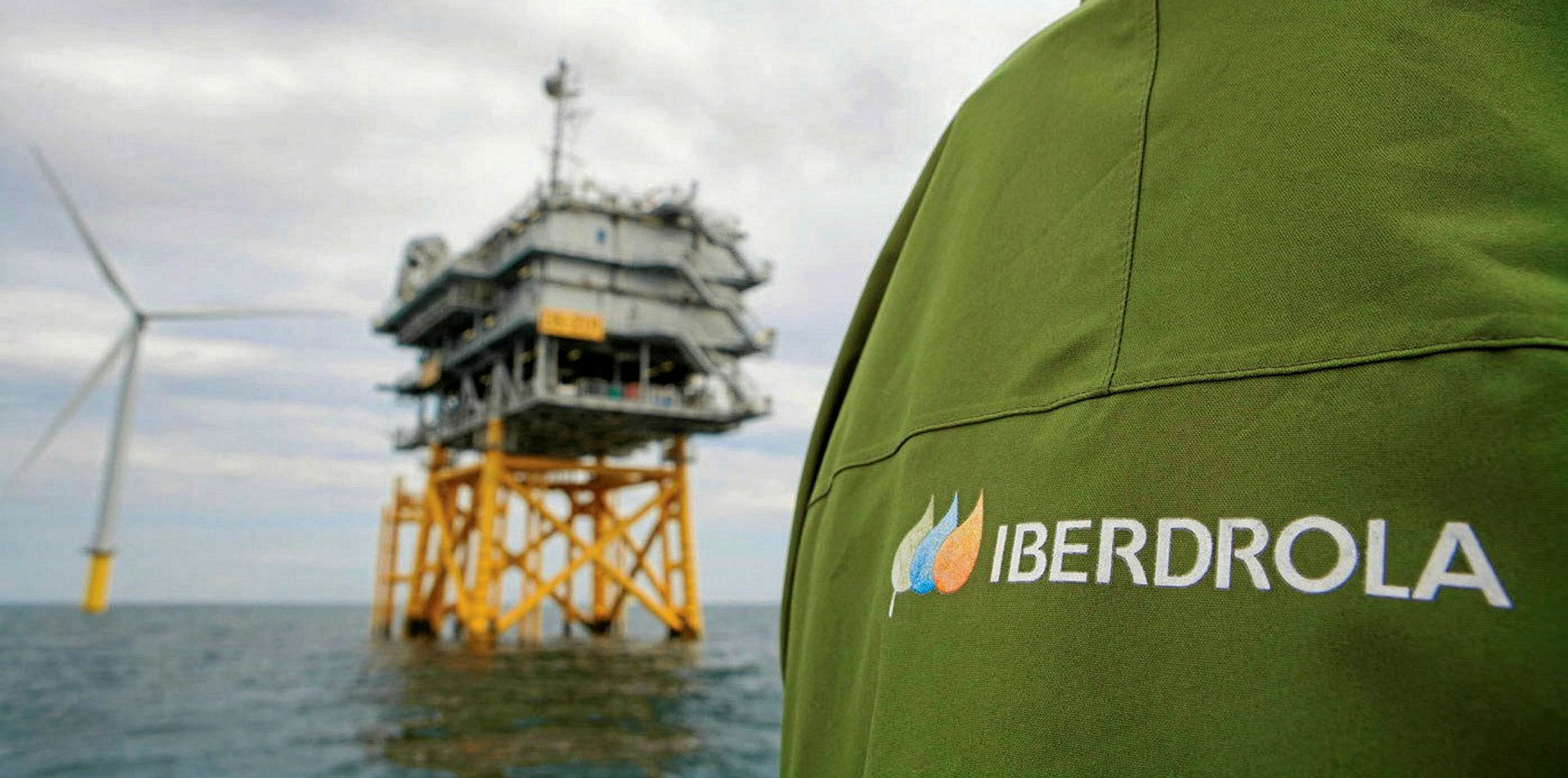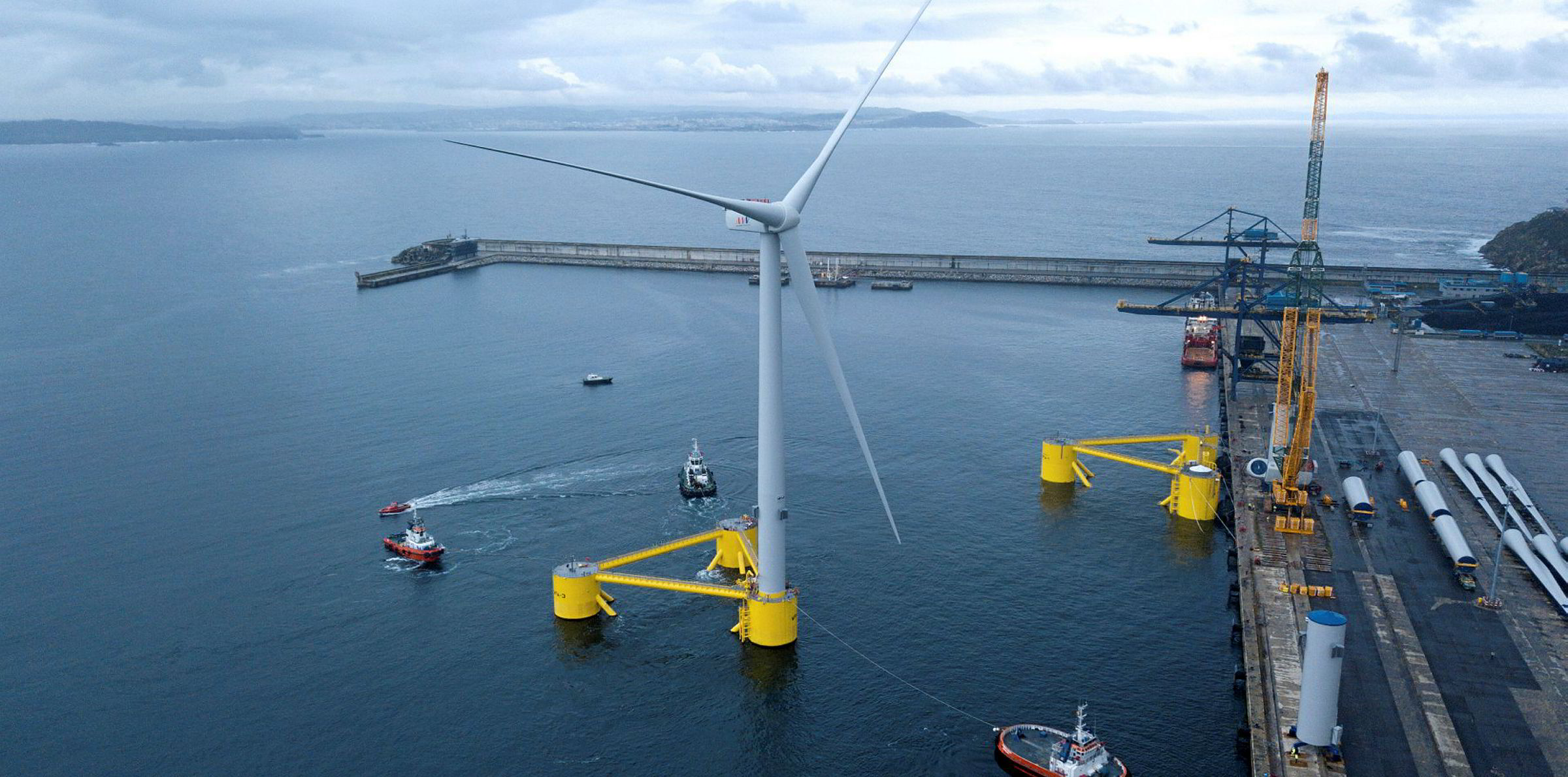Offshore wind is “a must” for Spain with floating turbines the best option for the deep waters off its coasts, the top renewable energy executive at Iberdrola told Recharge.
The Spanish renewable energy giant – which already has huge fixed-foundation offshore wind farms complete or underway off the UK, Germany, France and the US – has yet to make any move in its home market.
But Xabier Viteri, chief executive of clean energy unit Iberdrola Renovables, told Recharge in an interview: “This is a very important area. I would say offshore wind is a must, because if you are going to build the electrification of the Spanish economy, then it has to be done through developing more renewables and you will need to include offshore.
“Even though Spain is big and there is a lot of land, you will still need to develop offshore areas. So probably what has already happened off the UK and Germany will happen in Spain.”
Viteri did not comment on any specific plans Iberdrola has for offshore development in Spain, or in floating wind, but added: “Due to the deep seabed offshore floating wind could be an important opportunity. I think when you look at how things are developing that floating wind could become cost competitive for Spain by the end of this decade.”
Back in 2016, Iberdrola was making good progress with a concept called TLPWind, a tension leg platform design that was “nearing readiness” as a 5MW flagship, following final model tank-tests at the University of Strathclyde in Scotland, but this project has since been shelved.
Heikki Willstedt Mesa, policy chief of Spanish Wind Energy Association AEE told Recharge last year it hopes to the see the first offshore wind auctions start mid-decade, with a view to having 1GW of capacity tendered off Spain by 2030.
Spain – whose offshore wind sector currently consists of a single 5MW turbine mounted on a jetty in Gran Canaria – last year granted a permit to Norwegian energy giant Equinor to build a 200MW floating wind farm off the Spanish-owned Canary Islands.
The country has also seen installation of a part-scale floating prototype of an innovative twin-rotored design, currently in testing off Gran Canaria, being developed by EnerOcean and W2Power, and another, from Saitec, known as BlueSATH, that will be installed in the Cantabrian Sea early this year for trials.
The regional potential of the fledgling sector has led Spain’s national renewable energy R&D centre, CENER, to ink a deal with Norwegian consultancy CoreMarine to set up what is thought will be the first ‘one-stop-shop’ for floating wind engineering.
Viteri’s comments came as he told Recharge that Iberdrola – which has just finished building Europe’s largest solar plant at 500MW in Extremadura – expects to deploy 10GW or more of clean energy capacity in Spain by 2030.



